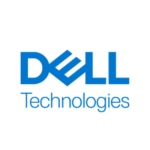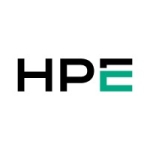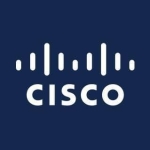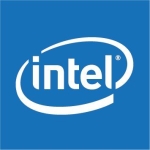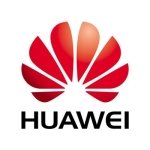What is most valuable?
Specifically about System i, it's simple, it's secure, it has a lot of resiliency. As far as I know, we've never been attacked by a virus.
I've been supporting core banking for the past 15 to 20 years directly in Power, and before I was supporting banking in OS/390.
Power systems are compact, their licenses are not as expensive as OS/390, and they fit the banking solution. They're very easy to run and operate for computer operators. They're all menu driven, it's English driven, and you can have different languages. It's a great system. It works for me.
How has it helped my organization?
Security is one. But it's a total, comprehensive solution.
It's really good for banking. As a matter of fact, I know many banks that are using AS400s as their back end on Power. It scales a lot, you can just keep on adding frames, you can add on CPUs, you get capacity on demand, you can tune the machine very easily to handle different workloads. It's very efficient, it's secure, it's robust and resilient, you can add on disaster recovery and it's cool.
What needs improvement?
IBM could perhaps be a bit more aggressive in terms of marketing, and let customers really know that they're out there and can offer a helping hand to move them along, to implement all these great features. Because, in attending the classes here at the IBM Power Conference, over the years, every time they ask, "Are you on this latest and greatest feature?" many people are not there as yet. Yet the feature may have been announced a few years ago. Sometimes it's because companies need to have migration projects, and a bit of money and time to get this going.
IBM could be more aggressive in that area.
I know lab services does a lot of work but systems, if they could include some kind of lab services and bundling of services to get you to the greatest and latest feature at the already included cost... If you include the cost in the base machine, you pay for something once, or it's in your maintenance... because to go and ask for money every time, it's a problem.
For how long have I used the solution?
Power systems, pretty much since they came out. I've been using AS400 system since the '90s, and I continue to use them, System i.
Buyer's Guide
IBM Power Systems
December 2025
Learn what your peers think about IBM Power Systems. Get advice and tips from experienced pros sharing their opinions. Updated: December 2025.
879,425 professionals have used our research since 2012.
What do I think about the stability of the solution?
The upgrade from version to version is not complex. I think it's fairly straightforward and IBM provides a lot of documentation, check-listing, features, so all you've have to do is be methodical, go through the checklists step by step and it's fine.
What do I think about the scalability of the solution?
No issues. If we needed capacity in an emergency, a few years back, we would call IBM if we had a problem. They could turn on a code and we could have an extra CPU. But these days, capacity is in pretty good shape. We have some resources we can move around to give the systems that need it more capacity, and we can move capacity dynamically.
And we know the workloads, so the machine is set to run dynamically. If we need capacity, we get it. We run things and we have all these monitoring capabilities, we monitor stuff, we send alerts and it works fine.
How are customer service and support?
Some of our work is actually outsourced to IBM for the hardware. The hardware works fine, the Power hardware, it's amazing. Years back they had some 10-key disk drives that would tend to fail, but recently disk drives are really much improved, and you can do hot swap. You can pull a drive out, put a new one in.
Apart from disk drives, really and truly you don't see many hardware issues. You may have a power supply that fails, but because of all the redundancy, it's good.
And on the software side, there is hardly a need for support calls. The key is, as long as you're patching very often and you're up to date with the PTFs, it runs pretty well.
What was our ROI?
In terms of the upgrade from version to version, we see a return on investment, absolutely. There are always features, improvement, SQL and Java; on the hardware, on Power.
With the technology, when I went from POWER5 to POWER6, I got a something like a 71% increase in horsepower. When I went from POWER6 to 7 I think it was a 20% improvement in CPW. And I believe from POWER7 to 8, I've been told it's either 75% or double.
So every time IBM comes out with a newer chip, great improvements.
Which other solutions did I evaluate?
Really mostly IBM for the workload that we run. IBM and the System i is very well suited for it, for the core banking systems.
What other advice do I have?
Recently there have been a lot of changes, and a lot of good things that we are planning to use. What we've been seeing is that within the Power system itself, there are more and more capabilities and features. You do not have to go outside and buy a third-party program product - like for replication, you don't have to go to a third-party. Years ago, you'd have to go for system monitoring.
IBM is building in all the tools you need to run the system: monitoring, replication, disaster recovery. I think if IBM continues to do the same thing - and every day they're bringing the price point down, with more CPW - they should just keep on doing what they're doing.
I don't have a problem with Power systems, especially running System i. For people running AIX, the interface is a bit more cryptic and they need a lot of commands. But once you implement System i on Power, it's a 10. It rocks. We're doing some work in Mexico right now where we're converting from OS/390 to Power systems.
Disclosure: My company does not have a business relationship with this vendor other than being a customer.


